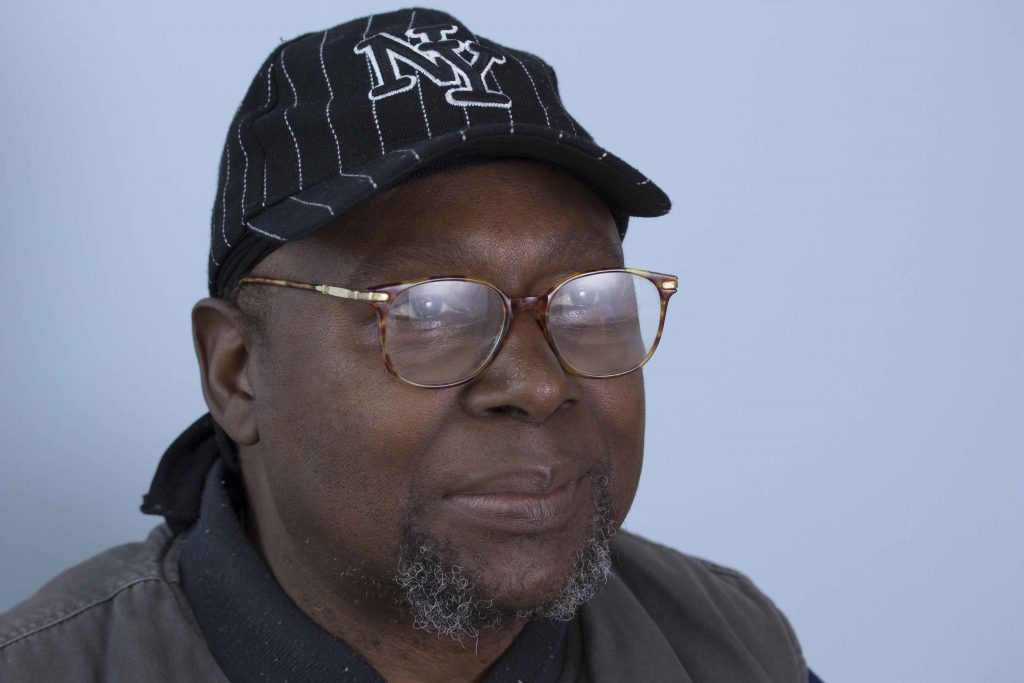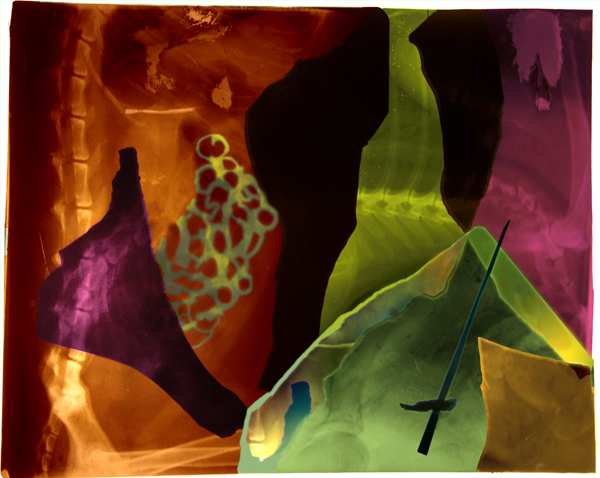Q & A
Kyle Bernard
The interview had lasted fifteen minutes so far, and we’d made minimal progress. I was a medical student doing a rotation at a physical medicine and rehabilitation clinic back in my home state, Wisconsin. It was the end of the day; to save time, the senior resident, Paul, had joined me in the exam room so that we could hear Leora’s medical history together.
A year earlier, Leora, in her mid-fifties, had suffered a stroke. After a few weeks in the acute-rehabilitation hospital, she’d been discharged, and she and her husband, Ellis, had been lost to follow-up. Now they were back, hoping to resume Leora’s care.






